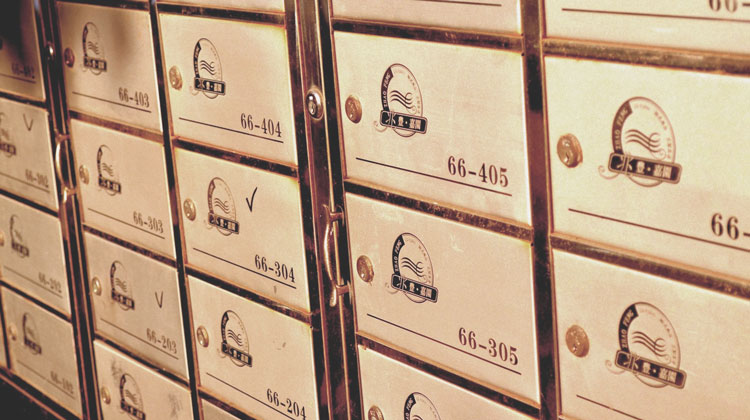
Practice Tips for Planning Elections: #1 Evaluating the electoral register
Elections, such as board or association elections, must be planned properly so that they can be conducted smoothly. Every election is only as good as the election organiser, committee or board that prepared it.
Knowing how is half the battle: That is why from here on out you will see us posting the blog series “Practice Tips for Planning Elections”, in which we will accompany you through the individual steps of election planning for successful electoral management. This first practice tip is about keeping all contact info up-to-date, and how they can be evaluated for an association election or association management.
Current home addresses and more e-mail addresses
Each campaign measure for your election is ineffective and causes unnecessary expenses if the electoral register is not current. Addresses that are no longer valid, or e-mail addresses that lead nowhere – and a majority of the effort has been for nothing. Evaluate your employee databank or (for association elections) your member list in advance. Pay attention to all the information you need for the starting shot. The following list will help you evaluate that.
- Surname, first name, address, telephone number?
The first step of election preparation: Are all contact data for the authorised voters complete and current? Get in touch with them, including colleagues or members whose information you are actually certain of. Something can always have changed.
For e-mail addresses, it is worth sending out a test message with a proper e-mail software. You can use the message report to quickly and easily identify which e-mail addresses are no longer valid.
- E-mail address available?
Making contact digitally is swift and saves on expenses. Especially when it comes to the opportunity to vote online. Especially practical: The current election progress, projections, vote reminders – all of this can be send out quickly and comfortably via e-mail, and increases the motivation to partake in the election.
- Newcomers vs. former contacts
Former employees or association members lying dormant in the folder may cause unnecessary expenses. All you can think about is sending out the election information or paperwork through the post. It is thus worth updating everything.
With new contracts it may happen that they are not entered in the databank, or are not included in all relevant e-mail distributors. It is worth taking a closer look, as otherwise these voters will not receive any communication regarding the election. And do not forget your candidates – they are usually also authorised to vote and are easily overlooked, as they are the ones up for election.
Electoral organisation is mainly about diligence
Polishing up your databank or member list requires a lot of diligence and consumes times with enquiries, telephone calls and test e-mails. However, that time is a worthwhile investment as you end up saving significant costs and your electoral communication reaches the intended destination.
A current and comprehensive electoral register is also important, so that you can ensure that each authorised voter has access to election information and the ballot. Free access to the vote is a requirement for every democratic system – and this should not fail because of small hurdles such as a lack of, or mishandled, communication.